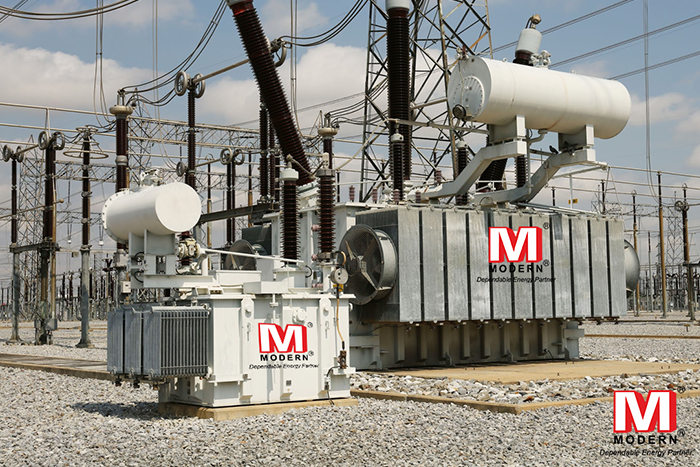
What is a Power Transformer and How Does it Function?
Thanks to our current digital lifestyle, we cannot imagine a world without electricity. We use power in every household and commercial activity for faster operations. However, this requirement for electricity gets magnified multiple folds when it comes to industrial processes such as manufacturing or construction.
However, based on the purpose or the activity, the power consumption of various industrial activities will vary. Some require high voltage power while some need low voltage electricity. A power transformer is a device that enables this modification between high and low-voltage electricity.
In this article, we are explaining what a power transformer is and how it modifies power voltage. Continue reading to learn the detailed process of changing electrical voltage.
What is a Power Transformer?
A power transformer is an electrical device that transfers electricity from one circuit to another after changing its voltage power. All the incoming electricity supply passes through this apparatus to deliver high voltage or low-voltage power based on the process’s requirement. Generally, power generators find application in every scenario concerning electricity usage.
Applications of Using a Power Transformer:
After learning the definition of a power transformer, let us understand some of the benefits of using this device. Here are the top five applications of using power transformers:
- Offer a constant source of electricity without any fluctuations or instability.
- Eliminate any power wastage during the electric transmission process.
- Merge or divide electricity sources to deliver optimum power voltage.
- Monitor the supply of inflowing and outflowing power to various devices.
- Power transformers are essential for power transmission over long-distance.
How Does a Power Transformer Function?
A power transformer works on Faraday’s electromagnetic induction law. The same principle applies to generators, inductors, motors, and solenoids. According to the law, when the alternative current gets passed through a coil or primary winding, it generates fluctuating magnetic flux. The magnetic flux then passes through a ferromagnetic core before transmitting into a secondary winding.
When moving through the secondary winding, the magnetic flux generates electromagnetic induction giving rise to an electromotive force or emf. This induced power in the form of emf facilitates the flow of electricity in the secondary winding. The emf generated in the secondary winding can be detectable using a galvanometer.
Conclusion:
We hope this article helped you understand what a power transformer is and how it functions to moderate electricity voltages. If you are thinking of buying or renting a power transformer for your industrial requirements, get in touch with our team to make the right choice!

